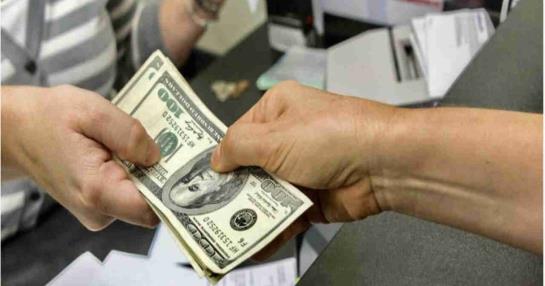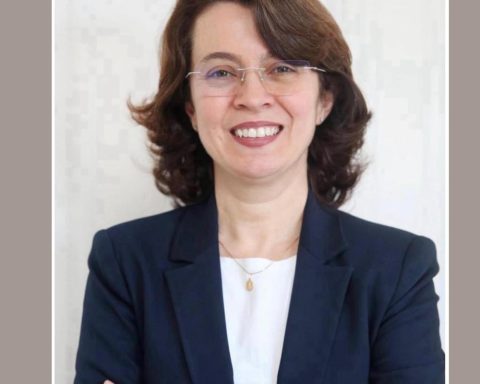
UTE reported record sales of US$594 million throughout 2021, due to demand from its main client, Brazil, due to the drought suffered by the neighboring country throughout the year.
According to the report published by the consulting firm Se Engineering this Sunday, only in that year was the sale of electricity abroad accumulated in the previous 13 months exceeded.
If the free zones are not counted, the state energy company was the main exporter throughout the year: It was above corporations such as Conaprole, which sold US$551 million; Cargill Uruguay, which placed US$360 million; and the refrigerators Tacuarembo (US$298 million), Las Piedras (US$257 million) and Canelones (US$253 million).
The report highlighted that “after two years of decline, in 2021 the demand for electricity in the country grew again (2.1%)”, being the second highest in history only surpassed by the number of sales of 2018.
“In addition, at 7:58 p.m. on June 28, demand reached a record high for the country of 2,128 MW. It is worth noting that this peak has already been exceeded so far in 2022, around 2:35 p.m. on January 14, the demand reached 2,185 MW, as announced by UTE,” added Seg Engineering.
Drought and consumption
78% of the energy sold went to Brazil, and 22% to Argentina, both countries severely affected by the drought in recent months that has impacted their hydroelectric generation systems.
“The growth in demand, both internal and external, and a second consecutive year of drought conditioned the production of electricity in the year. Generation grew 21% and reached 14 TWh (terawatt-hour), with a renewable share of 83% compared to the 97% average for the five-year period 2016-2020”, the report adds.
“Faced with low hydraulic production and a fall, for the first time in annual terms, in wind generation, fossil fuel-based production tripled in 2021 and reached the largest share in the energy matrix since 2013 with 17.4%. Although with a smaller relative participation, solar and biomass marked their own generation maximums during the year”, he concludes.
















